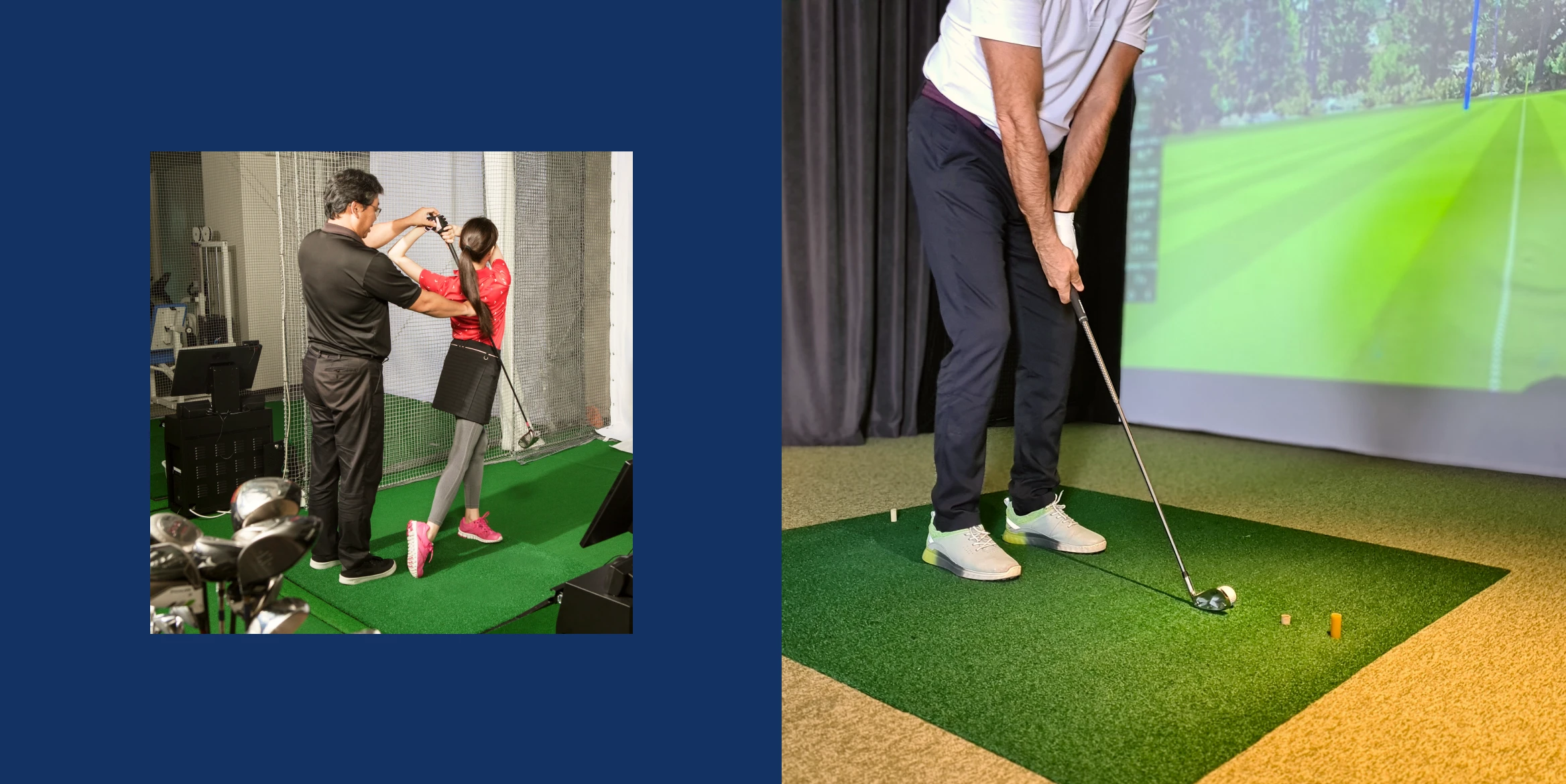
The coworking business model of selling space is being applied to every industry, from warehouses to medical spaces.
One of the newest trends to pop up tangentially to the coworking niche is the micro-gym.
This niche aims to serve personal trainers looking to start their own business, as well as gym-goers looking for a more small-scale community gym.
In this article, we’re sharing with you everything you need to know about micro-gyms including what they are, who they’re for, and how we expect this trend to grow over time.
What is a micro-gym?
Coworking + Fitness spaces, also known as a micro-gym, is a small-scale fitness facility primarily used by personal trainers and fitness instructors to train individuals or small groups of people.
They aim to provide a more convenient, community-oriented, and flexible alternative to training in traditional gyms for individuals looking to get in shape. They also enable fitness professionals to operate their training business on their own terms, without the support of a commercial gym.
Micro-gyms are an umbrella term that covers a wide variety of small-scale fitness facilities, from small garage studios to state-of-the-art facilities with high-end equipment.
The micro-gym set-up
Micro-gyms can look very different from one another, depending on where you are. Here are a few examples of what could be considered a micro-gym:
- One large space with a variety of different gym equipment or stations often used for training one person or a small group of people
- Multiple rooms within a larger space that are meant to serve different purposes such as a yoga room, a cardio room, and a strength room, with each being rented out at different times
- Several all-in-one identical rooms within a larger space can be used concurrently by different personal trainers to train their clients
Because this trend is new and emerging, what a micro-gym is now and what it will be in the future is likely to continue to evolve.
For example, while micro-gyms started as an informal fitness facilities with basic equipment, they’ve evolved to be much more sophisticated as we’ll see later on.
Who are micro-gyms for?

As a micro-gym owner, you typically have two sets of clientele.
Personal trainers and fitness instructors
Fitness professionals are looking for a space they can rent out and use to train their own clients. In the past, personal trainers have been forced to either invest in their own gym and equipment or work out of a large-scale commercial gym.
Starting a gym can be incredibly expensive and is not always worthwhile for personal trainers while operating out of a large-scale commercial gym often comes with restrictions like having to pay the house a percentage of your revenue.
Micro-gyms offer trainers the freedom to run their own training business on their terms, much like a freelancer renting out an art studio or a podcaster renting out a podcasting studio in a coworking space.
Gym-goers
Individual gym goers seek out micro-gyms because they’re looking for a more intimate, one-on-one fitness experience. They want to work out with the guidance of a personal trainer or fitness instructor in a small group setting, without having to go to a large, intimidating gym.
Fitness content creators
Micro-gyms are also an appealing option for fitness influencers and content creators. Fitness instructors who film videos for YouTube or other online distribution often need a professional and private space to create content.
What attracts them to micro-gyms is the opportunity to have a fully equipped space in a private setting where they can film without worrying about disturbing others or violating gym privacy regulations.
Some micro-gym owners focus only on attracting personal trainers who then bring their own clients. These spaces are not typically open to the public for drop-ins.
Other spaces may choose to employ personal trainers and market to gym goers, much like other boutique fitness studios.
And other spaces may choose to market to personal trainers, gym goers, content creators, and whoever else needs an on-demand private space to work out.
Benefits of micro-gyms
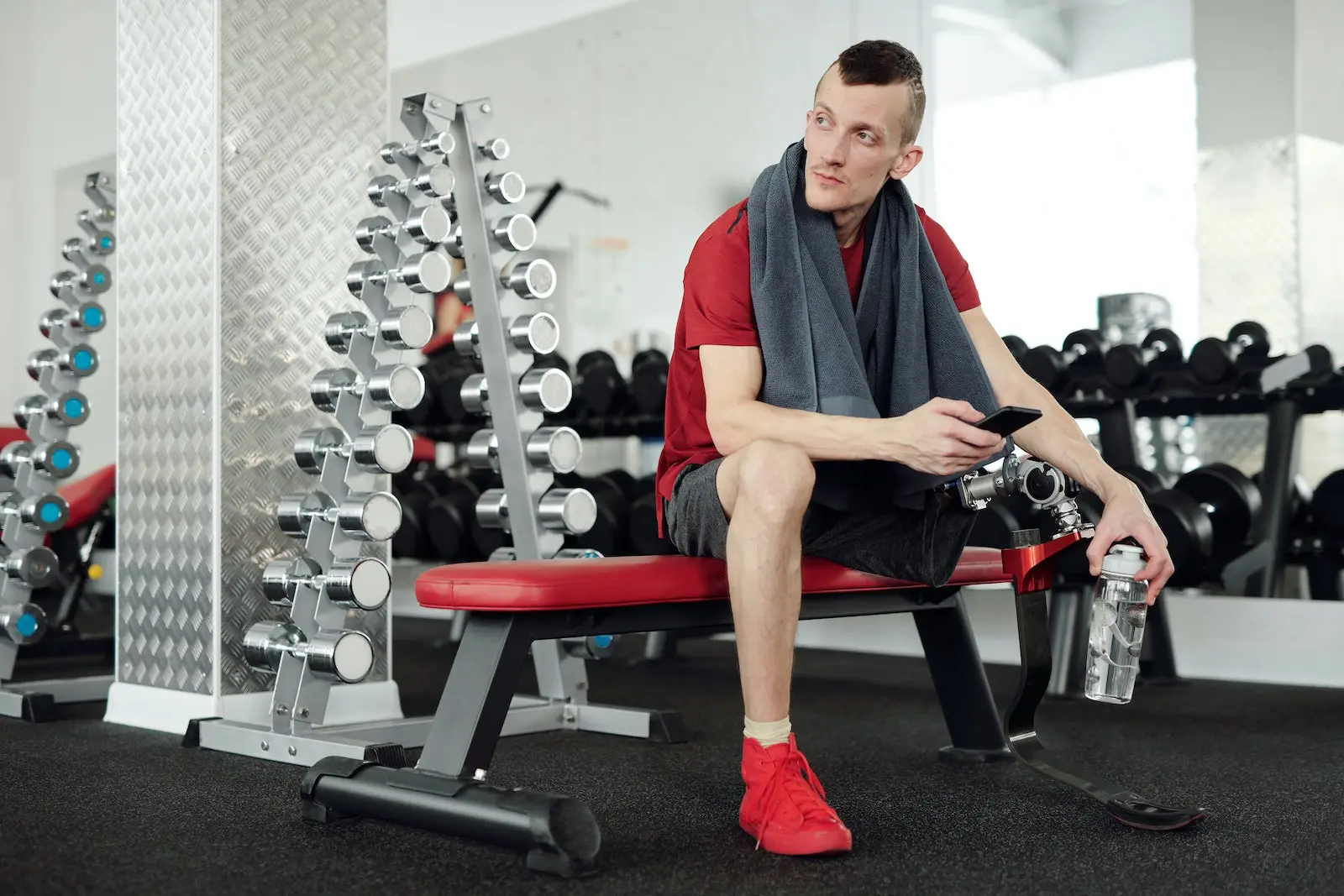
There are many benefits to micro-gyms for personal trainers, gym goers, content creators, and anyone looking for a private fitness space. Here are some of the greatest benefits of a small-scale gym.
- Increased privacy: small-scale fitness facilities offer more privacy than a traditional gym, which can put many new to fitness at ease.
- Cost-efficient: while private gyms are typically more expensive than big-box gyms for gym-goers, they are a far more affordable option for those looking to start their own personal training business. They also do not typically take a cut of revenue from personal trainers, as they are paying to use the space.
- Flexible memberships and access: micro-gyms typically work on a month-to-month or no-commitment schedule and can be used if and when needed. This is different from other gym memberships which can lock you in for one to two years.
- Community opportunity: the small scale of micro-gyms makes them appealing for community building and meeting other fitness enthusiasts in the industry.
Considering how well-equipped these spaces often are, micro-gyms are a great alternative for those who want a professional-looking space to train without having to invest in creating their own.
What is the micro-gym business model?
Micro-gym owners typically make money through selling space, just like the coworking business model.
Here are a few different ways a gym owner can make money, depending on who they’re trying to attract:
- Monthly memberships: may include a set number of hours of space booking a week or unlimited use of the space for a flat rate
- Hourly bookings: can be booked on-demand and are for a set period of time such as an hour or half a day
There are other ways the micro-gym owners make money. They can sell products by other brands through a digital marketplace, sell their own branded products, create a digital offering, or sell their own branded gym equipment.
They may offer additional amenities and charge a premium for them as we’ll outline below.
Micro-gyms and coworking spaces
Micro-gyms have more in common with coworking spaces than just the business model. Both coworking spaces and micro-gyms:
- Are centered around the community: a major reason why personal trainers and gym goers look for alternatives to big gyms is they are looking for a community feel.
- Empower entrepreneurs to start their own businesses: coworking spaces have long been giving freelancers and start-ups a place to begin their own businesses. Micro-gyms enable personal trainers to start their own businesses too.
- Are beneficial for networking: having so many fitness professionals in one space creates an opportunity for individuals to learn from others in the industry.
- Offer amenities and perks for members: many coworking spaces offer amenities and perks to their members. Micro-gyms may offer these too, like discounts on partner brands and access to saunas or ice baths.
- May have a digital component: some micro-gyms choose to offer digital or online personal training. Coworking spaces often have digital communities as well, connecting their members outside of in-person time.
A micro-gym is another niche to come out of the coworking and flex space movement. Much like flex space, we expect to see this trend continue to grow over time.
Examples of micro-gyms
Need inspiration for your micro-gym? Check out two Optix micro-gym clients that are changing the way we think about flexible fitness facilities.
FlexWerk
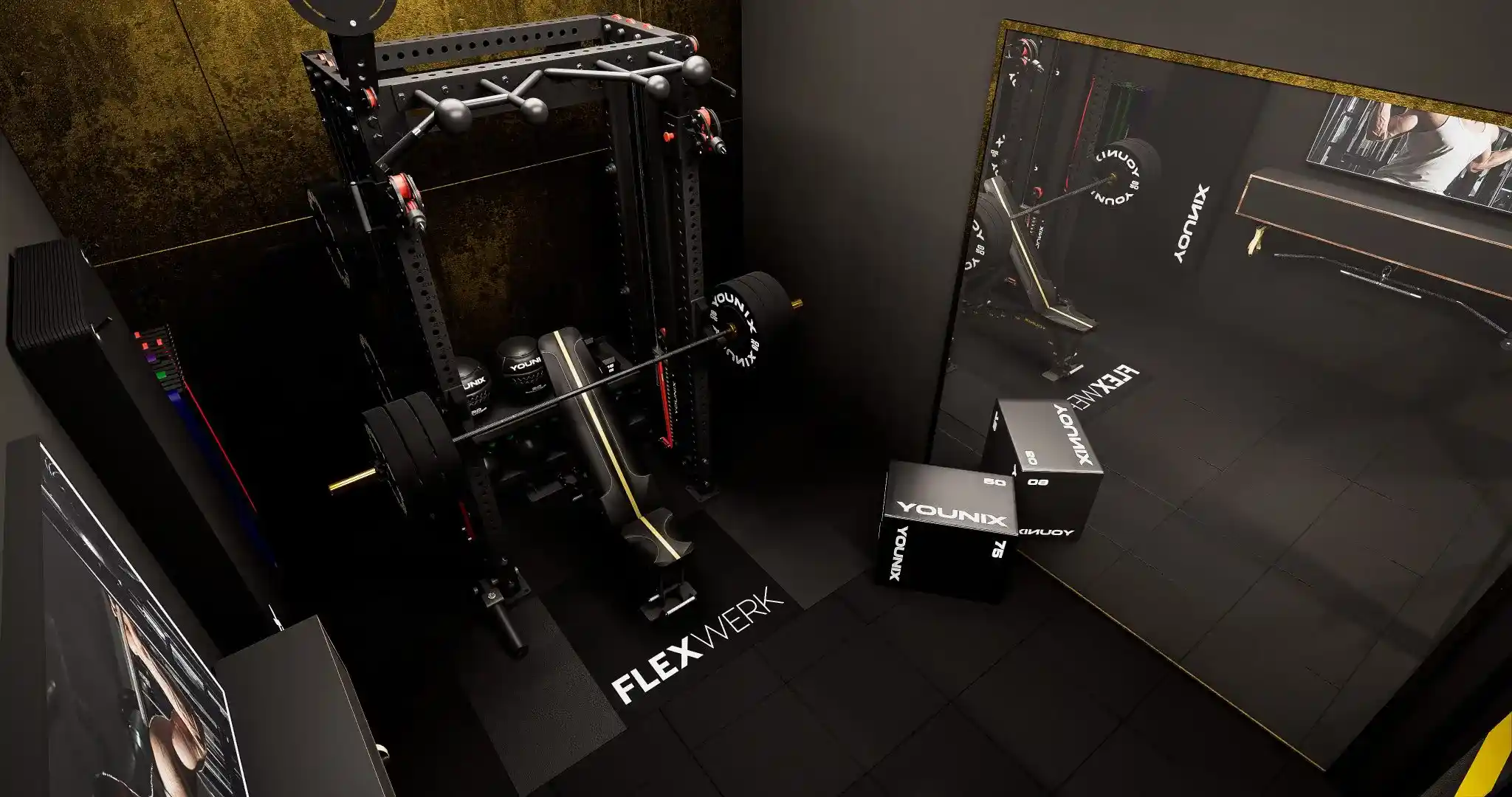
FlexWerk is a revolutionary micro-gym in Indiana. They primarily serve personal trainers and other fitness professionals who are looking to grow their own businesses on their terms.
At FlexWerk, members have access to fully customizable FlexSpaces, an easy reservation system, and hourly bookings with no long-term commitments making it the ideal space for new or seasoned fitness professionals to operate a successful business.
“FlexWerk isn’t satisfied offering the same processes and designs of the past. It’s a flexible, accessible, and customizable full-service ecosystem of FlexSpaces built in collaboration with the finest designers in Italy. From lighting and music to the immersive technology suite – every session can be the same or different depending on your needs.”FlexWerk
JackedUp
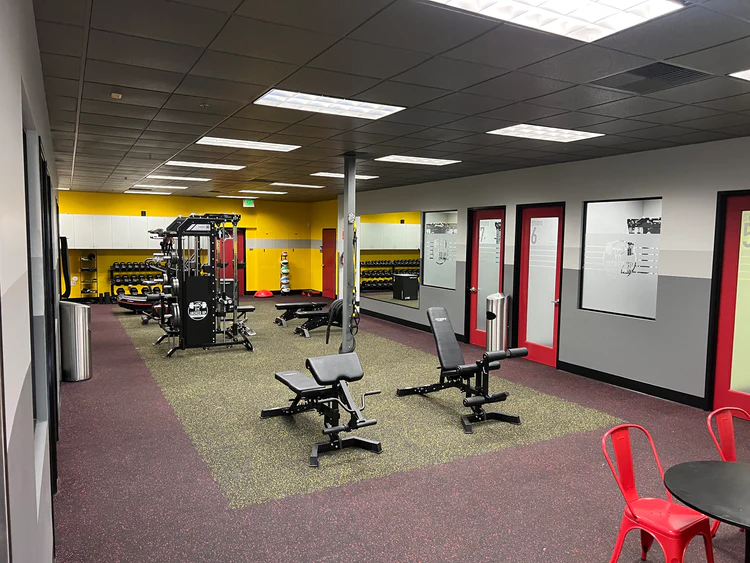
JackedUp Gym by JackedUp Fitness is a micro-gym offering one-on-one personal training in private studios.
Their services are tailored more towards gym-goers looking for a private space to work out with a personal trainer, making them a friendlier alternative to big-box gyms.
“Step in to Jacked Up Fitness, a boutique personal training facility with private studios where you work one-on-one with your certified personal trainer.”JackedUp Fitness
Getting started with a micro-gym
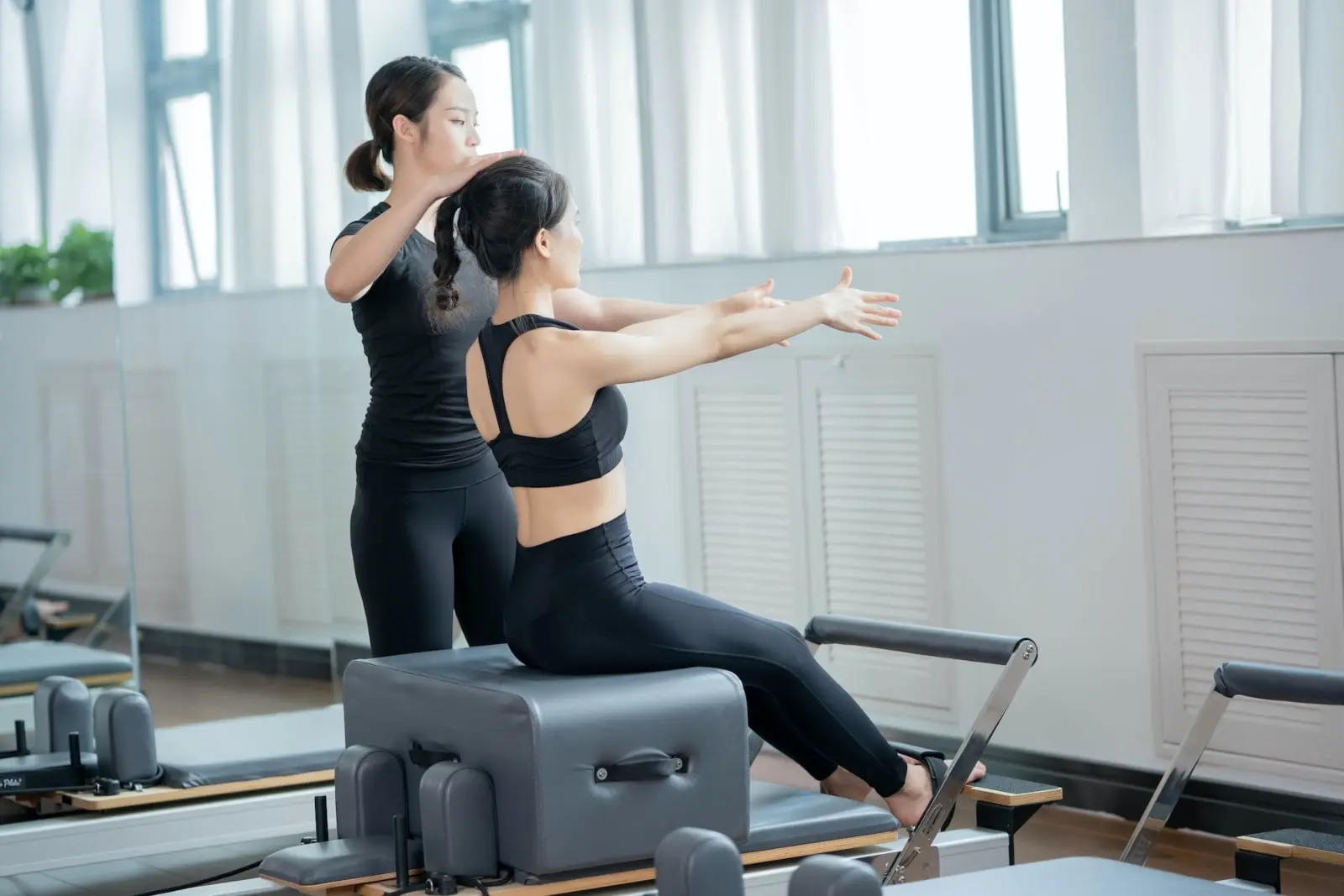
As more and more people look towards small, community spaces to fill their fitness needs, micro-gyms are in a fantastic position to capitalize on this demand.
If you’re looking to start a micro-gym, there are a few things you’ll want to keep in mind.
Determine who your target audience is, first
As you can see, there are lots of different kinds of micro-gyms for lots of different kinds of people. Think about who your target audience is first before committing to opening a space.
The size of your space, the equipment that you purchase, and what you choose to offer will all be heavily influenced by your target market.
There are likely to be legal regulations around starting a gym
Because fitness facilities involve individuals using equipment and completing strenuous activities, it’s likely that there will be some regulations around starting a gym. Be sure to do some research on what those restrictions may be in your area, and how they could influence starting your space.
This guide does a good job of explaining the regulations and basic guidelines for opening a gym.
Consider adding a digital offering to your space
A physical space can only generate so much revenue. Consider adding a digital component to your space, whether it’s a premium digital community or access to a digital library of fitness videos for members.
This can drive more revenue for your business at great margins and is a relatively low up-front investment.
Use technology to help you manage your micro-gym
The right combination of software and hardware can help you manage your micro-gym autonomously while cutting down on overhead costs considerably.
Optix offers flexible space management software for micro-gym owners and operators. With Optix, users can give their members access to book workout equipment, pay invoices, and access the space all from their phones.
To learn how Optix can help you manage your micro-gym, book a demo today.

